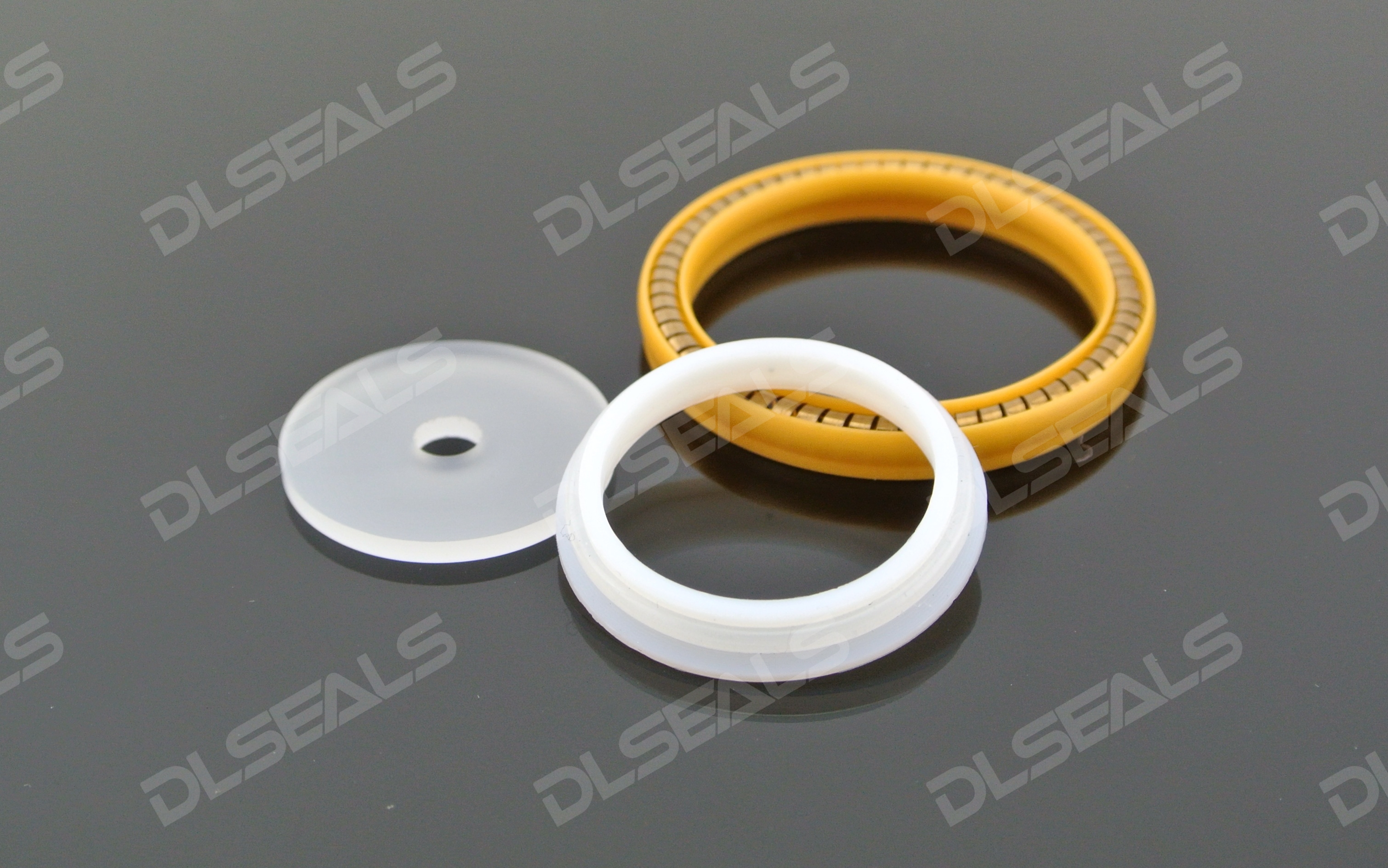News
A2025-07-29

In the LNG industry chain—spanning production, storage, transportation, and end-use—systems operate under extreme conditions: -162°C cryogenic temperatures, medium-to-high pressure, and flammable/explosive environments. Conventional seals fail catastrophically here, risking leaks. LNG-specific seals are engineered to safeguard critical infrastructure. This article dissects their structural advantages, core functions, performance superiority over generic seals, and key applications.
LNG seals (e.g., spiral wound gaskets, metal O-rings, C-seals) feature cryo-optimized designs:
Spiral Wound Gasket (Typical Structure)
Other Designs (Metal O-Rings/C-Seals):
LNG seals ensure absolute containment across the LNG value chain:
| Performance Aspect | LNG Seals | Generic Industrial Seals | Advantage of LNG Seals |
|---|---|---|---|
| Cryogenic Toughness | No embrittlement at -196°C; retains elasticity. | Rubbers/plastics brittle and crack; standard metals may lack toughness. | Fundamental: Materials remain functional at LNG temperatures. |
| Cryogenic Sealing | Ultra-low leakage (meets ISO 21014/EN 1473); graphite seals effectively. | Rubbers shrink/harden and leak; standard fillers crack or shrink. | Core Superiority: Designed for cryogenic leakage standards. |
| Thermal Cycling Stability | Survives hundreds/thousands of ambient ↔ -162°C cycles. | Degrades after few cycles—cracks, deforms, or fails. | Critical Reliability: Handles frequent LNG plant startups/shutdowns. |
| Resilience/Compensation | Excellent cryogenic springback compensates bolt load loss from cold shrink. | Loses resilience at low temps; fails to compensate. | Anti-"Cold Leak": Maintains sealing pressure despite contraction. |
| Material Compatibility | Metals/graphite highly compatible with methane; no swelling/degradation. | Rubbers may swell/degrade with hydrocarbons (even FKM). | Safety Foundation: Stable material performance. |
| Fire Resistance | Non-combustible (metal/graphite); meets LNG fire safety norms. | Organic rubbers/plastics burn or decompose in fires. | Fail-Safe: Maintains sealing during fires to delay escalation. |
LNG seals are mission-critical at cryogenic sealing points:
[DLSEALS kindly Reminder] Sealing issues? Turn to DLSEALS! As a sealing component manufacturer, we specialize in customizing sealing components, providing a full range of services from design, research and development, production, testing, and more. If you have more information you'd like to know, feel free to contact us directly. DLSEALS's product experts are dedicated to serving you!